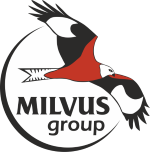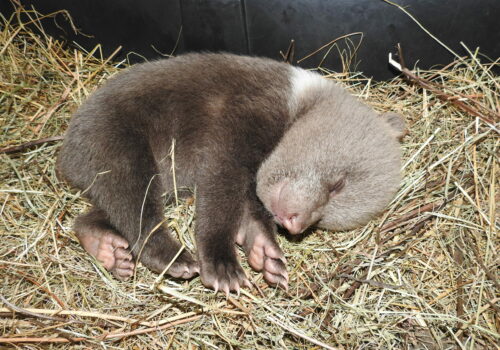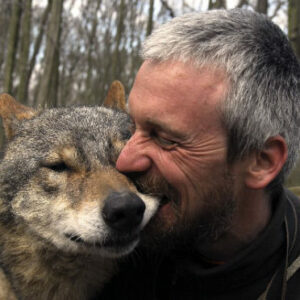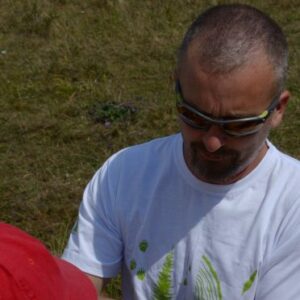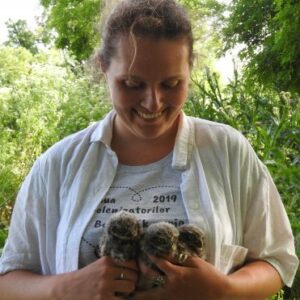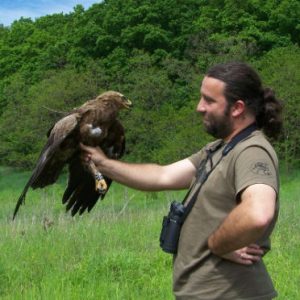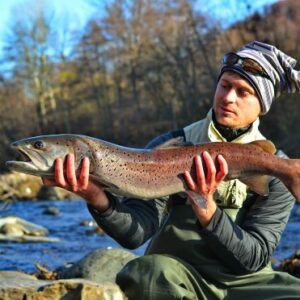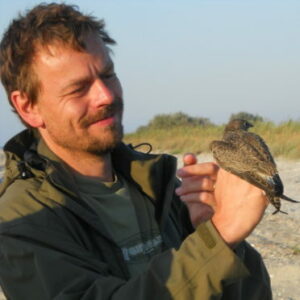In 2020, the total length of Romanian highways was 904 km, with a highway density of 3.8 km / 1000 km2, which is considerably less than in most EU regions. Major transport infrastructure developments are envisioned to enlarge this network to a total of 2,416 km of highways and 1,784 km of express roads. The country’s best bear habitats are located in the Carpathian Mountains and their foothills, with many of the future highways intersecting bear habitat.
The planned A8 (Tîrgu Mureș-Iași-Ungheni) highway, linking the city of Tîrgu Mureș in the West to the national border between Romania and the Republic of Moldova in the East, has been identified as a major threat to brown bear habitat connectivity. In particular, its westernmost section will intersect both important bear denning habitats and critical movement corridors linking denning habitats to seasonal feeding grounds. But the negative effects of this specific project have the potential to go well beyond the local and regional levels. The A8 highway will intersect the Romanian Eastern Carpathians and their foothills on their entire width, which in turn effectively link the Romanian bear population to those from the Ukraine, Slovakia and Poland. Thus the A8 highway has the potential to impact a significant part of the transboundary Carpathian bear population.
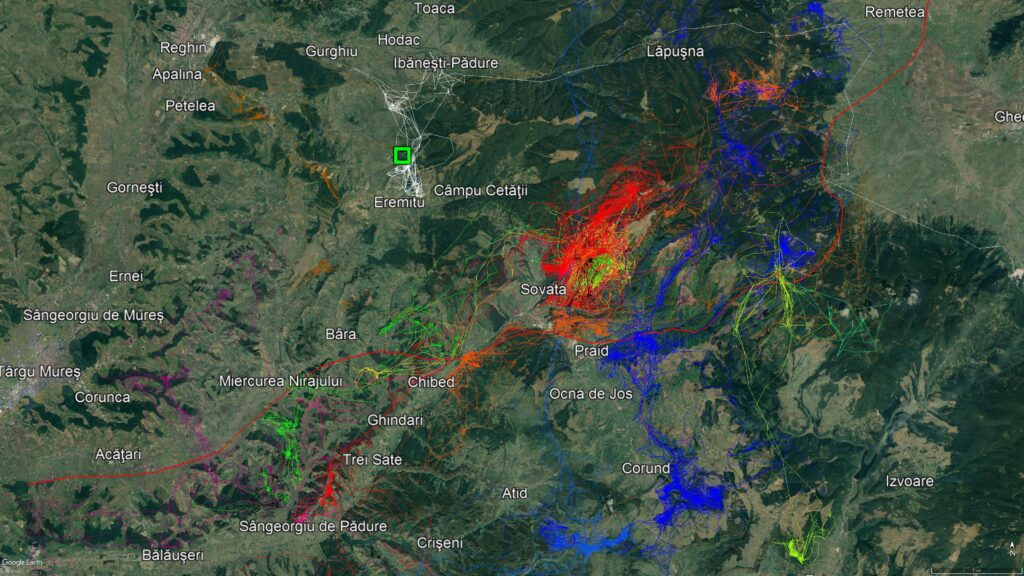

Since 2011, we have been using part of the data generated within the ‘Brown bear conservation and research program in a model area in Romania’ (GPS telemetry data, denning data, road kill data and hair trapping data) to lobby for making the planned A8 highway’s sections that will intersect critical bear habitats as ‘bear friendly’ (i.e. permeable) as possible, already from the planning stage. Also, for some time now, we have been cooperating with EPC Environmental Consultancy, the company contracted for preparing the future highway’s Environmental Impact Assessment for the sections that will intersect bear habitats (Tîrgu Mureș-Leghin). All these efforts have started to pay off.
The planning phase of the 25 km-long westernmost section of the future A8 highway (between the localities of Tîrgu Mureș [Crăciunești] and Miercurea Nirajului) has reached an important milestone. Through the national Recovery and Resilience Plan, Romania recently managed to secure EU funding for building this section. As the investment should be finalized by 2026, things have gained a considerable momentum. EPC has finalized the Environmental Impact Assessment, the local public debates of which have taken place in August 2022.
The Tîrgu Mureș-Miercurea Nirajului section poses some specific challenges: as it will cross totally flat terrain on the bottom of the Niraj river’s valley, the structures planned on it (i.e. bridges) are few and far between. Also, their technical characteristics, such as the openness index (length*height/width) don’t make them suitable to function as crossing locations for bears, although they might work for small mammals. These problems were also identified through EPC’s permeability evaluation for this section. Thus the Environmental Impact Assessment has concluded that there is a need to build specific crossing structures for bears.
While we possess ample data from bears fitted with GPS collars crossing the planned highway route, almost all of it originates from further to the East. With one exception: M9, a large, adult male monitored in the period May 22 – August 13, 2016 has crossed the planned route in this section several times, in between the villages of Bolintineni and Sânvăsii. Additionally, in the early morning of June 17, 2016 he was hit by a car close by, in between the villages of Murgești and Păsăreni (he walked away from the accident, seemingly unharmed, but data transmission eventually stopped on August 13 and we were unable to locate him again). Based on our information from M9, and after several rounds of consultations with us, EPC has identified two suitable locations for green bridges for bears on this section: the location where M9 has repeatedly crossed the planned route, respectively another location in line with the place where M9 was hit by a car.

These recommendations were included in the Environmental Impact Assessment for this section of the planned highway. They have also been accepted and supported by all the relevant Romanian authorities. Respectively, there were no objections to them during the public debates. Both green bridges should be 100 m wide (a suitable size, identified by a number of studies from Canada and Croatia, for example), should have sound barriers mounted on their sides and vegetation planted on top and in their vicinity, enabling the animals to access and use them in cover. People will be prevented from raising permanent or even temporary structures in the area, threatening the functionality of the green bridges. Due to their technical characteristics, the green bridges will be suitable for other species as well. Additionally, this section of the future highway will be fenced on its entire length with reinforced, bear-proof fencing (3 m high, with the bottom part buried and with the upper part leaning outwards), to prevent crossing attempts in locations other than the two green bridges. The fencing will also channel animals towards the dedicated crossing structures. Beyond the obvious benefits for wildlife species, these measures will also increase the safety of passengers on the future A8 highway by preventing collisions with wildlife.
The Environmental Permit for this section was issued on October 17, 2022 by the Mureș County Environmental Agency, making the implementation of these measures mandatory. We consider this as probably one of the most important contributions so far of our bear program to the species’ conservation in Romania. We will closely monitor the actual implementation of these measures. And we continue to closely cooperate with EPC regarding the other sections of the future highway, located further to the East, respectively regarding existing, problematic transport infrastructure in the vicinity of A8.
